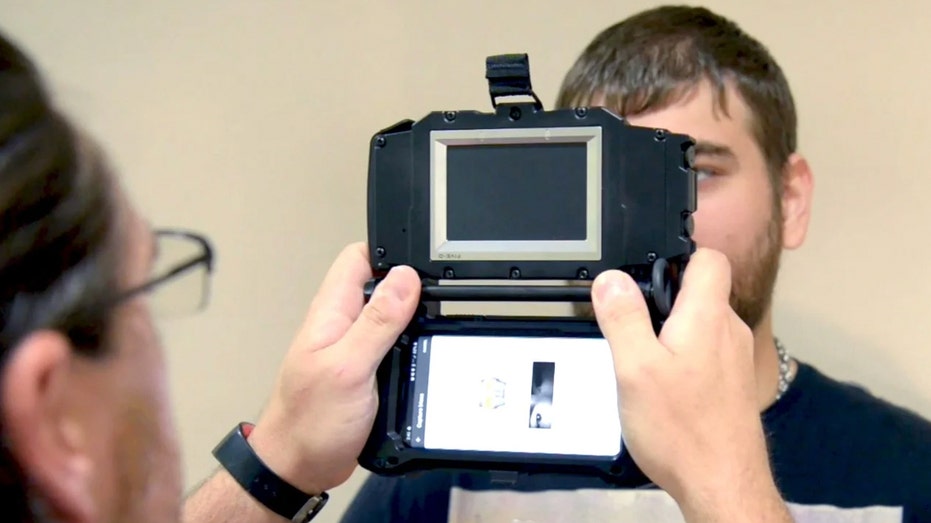Christopher Wray traveled to West Virginia’s CJIS facility Wednesday to honor a century of solves of major national cases. Clarksburg, W.V.
– As the FBI celebrates 100 years of success in its fingerprint lab – formally the Biometric Services Section – leaders have an eye toward the future as advances in science and technology expand the capabilities for law enforcement. Fingerprints can now be collected on scene with a small attachment to an agent's cellphone. Millions of palm prints have been added to fingerprint databases.

Facial recognition technology is helping investigators identify suspects. But a new, effective option – the iris scan – is fast, accurate and reduces safety risks facing officers stopping potentially violent criminals. It's one of the most important next-generation tools that the FBI has developed and is hoping more states will adopt.
"Iris gives the ability to have nearly the same level of identification accuracy through an iris image, and, the only thing holding us back today from using iris more in the light fingerprint is just the size of the repository," said Brian Griffith, deputy assistant director in the FBI's Criminal Justice Information Services (CJIS) lab in West Virginia. DOJ PANEL DENIES PAROLE TO FAR-LEFT ACTIVIST CONVICTED IN SLAYINGS OF 2 FBI AGENTS Iris scans can be done from as far as 3 feet away on a mobile device. They take two seconds, and results can come back is as little as eight.
(iStock) There are only about 4 million.
















